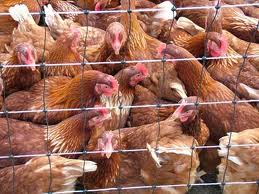The seasonal flu shot is a “trivalent” vaccine, which means it contains three influenza viruses. Although the individual strains vary each year, the types of strains selected for the vaccine usually consist of an influenza A strain, an H1N1 strain (not the pandemic 2009 strain) and an influenza B strain. In 2009, the Food and Drug Administration also approved a “monovalent,” or single strain, vaccine designed exclusively to combat the pandemic H1N1 strain. Continue reading

